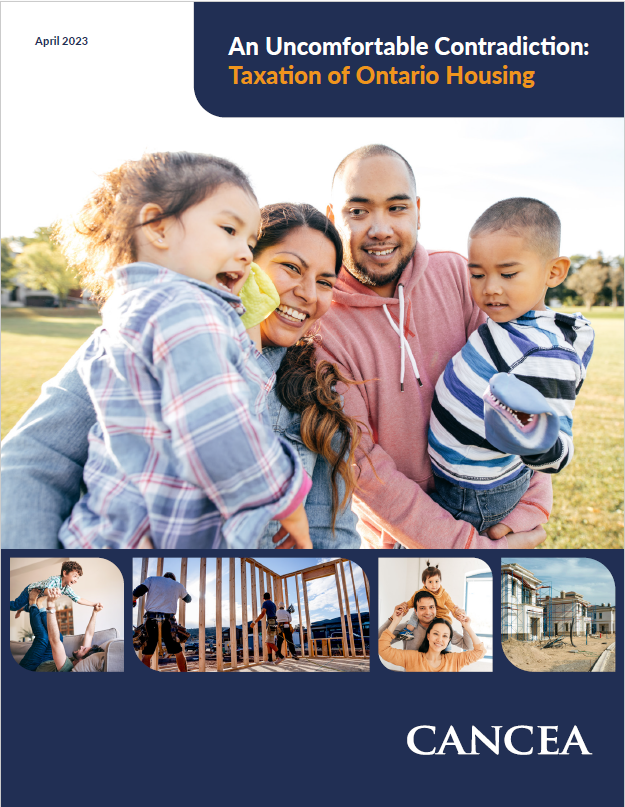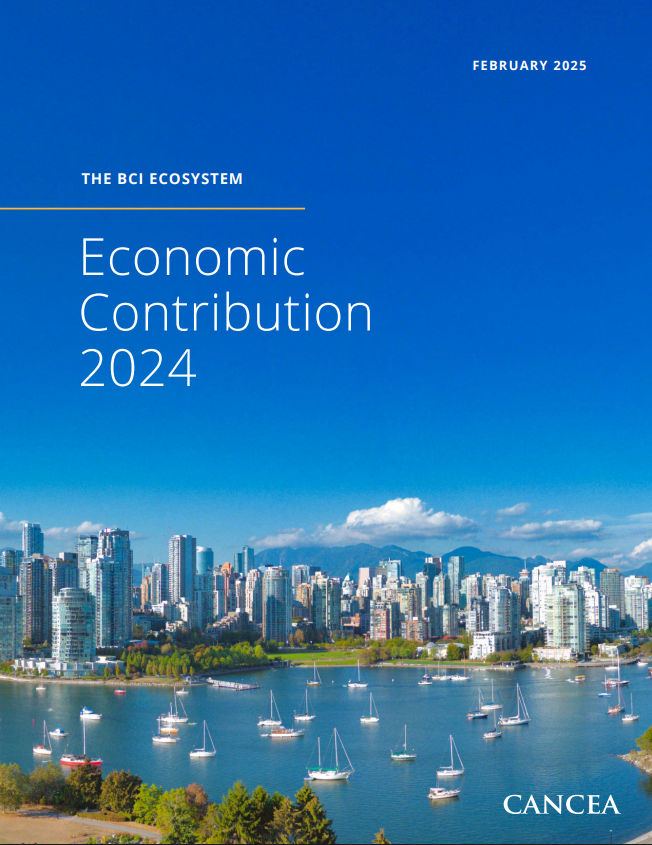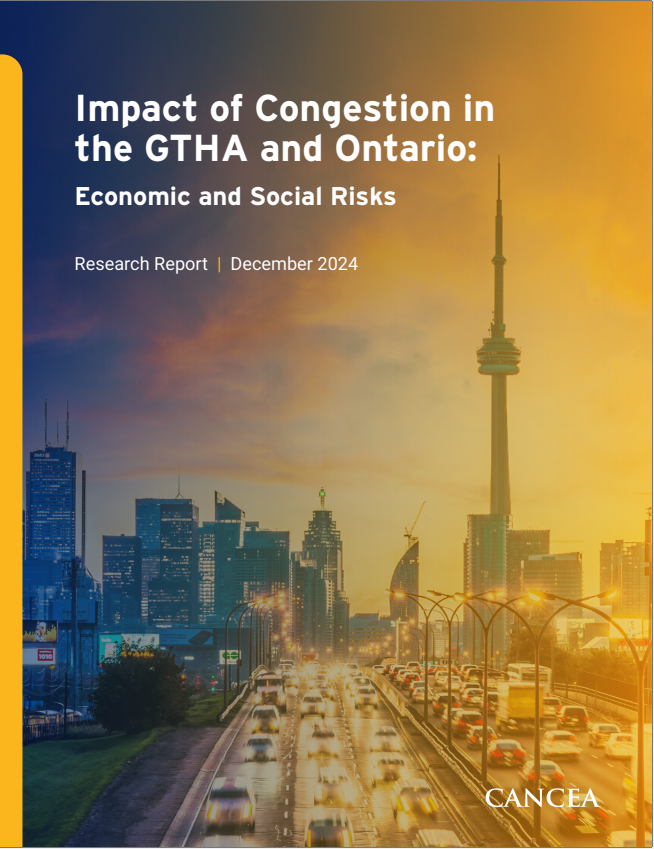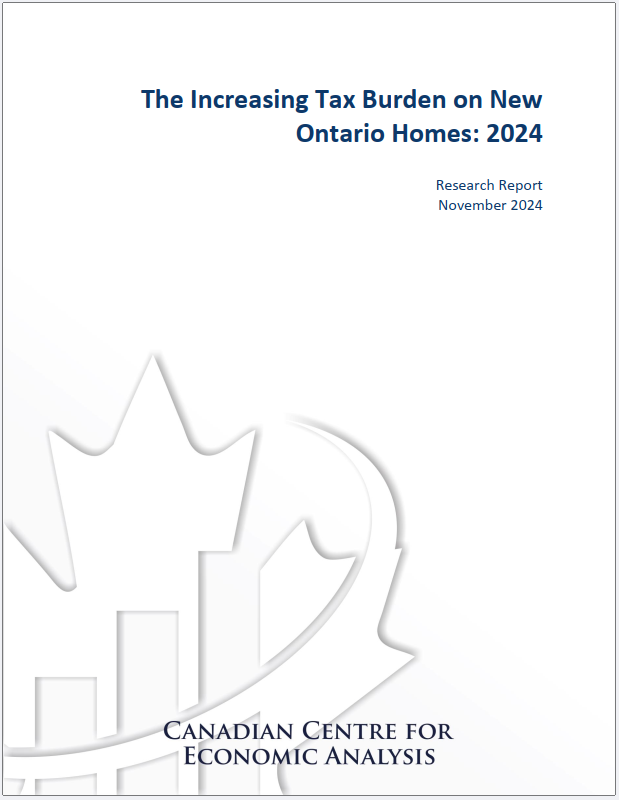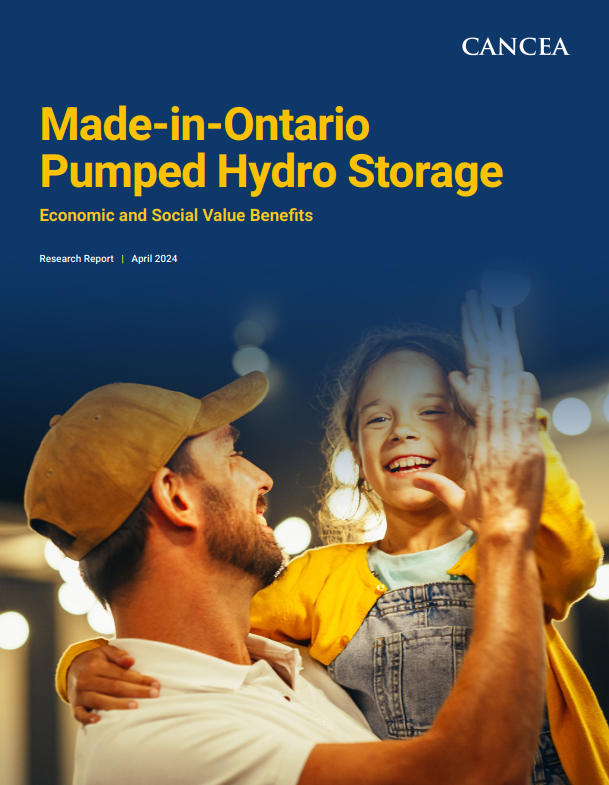RESULTS AT A GLANCE
- Tax burden on new housing in Ontario is 31% of the purchase price.
- Governments make three times more than a builder of a new home.
- A new home in Ontario has a tax burden twice that of the rest of the economy
- The federal government is the largest beneficiary of new housing at 39% share of tax revenues. It invests 7.1% in Ontario public infrastructure.
The research findings highlight the following key points:
- Since 2010, Ontario has been in a housing affordability crisis, with the unaffordability of homes having increased by 58%. Much of the problem has to do with the availability of new homes.
- Ontario’s population must grow to counter the effects of an aging society. Without immigration, the number of dependents (people who are too young or too old to work) would grow by 40% by 2050, compared to the number of young people who can work and support them. Additionally, by 2050, Ontario would have the same number of non-government workers as it had in 2008 without immigration.
- The construction of new homes is vital to support the population’s growth, but the ability of Ontario to build new homes has been decreasing. While the population has grown by 68% since the 1970s, the number of annual new housing completions has dropped by 23%.
- Public infrastructure investment funding required to support growth trends is 30% below what economic analysis would otherwise suggest, compounding the growth problem.
- The tax burden on new housing has significantly increased and now accounts for 31% of the purchase price of a new home in Ontario, twice that on the rest of the economy. Production taxes and taxes paid on the sale of a new home are the primary contributors to this tax burden challenge.
- The government is the largest beneficiary of a new home’s construction, accounting for 31% of the purchase price of a new home, three times more than residential construction builders and housing material suppliers.
- Of the 31% tax burden on a new home in Ontario, the federal government is the largest beneficiary, with a 39% share. However, the federal government contributes only 7.1% of the public infrastructure investment required for Ontario to grow. As a result of this inflated growth benefit to cost ratio, the federal government is 9.7 times better off than the province and 6.9 times better off than Ontario municipalities
